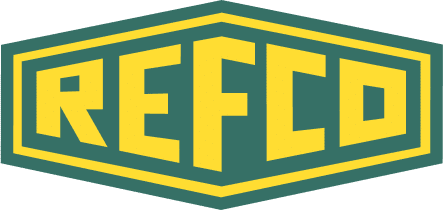Specifications: How to define goals and requirements correctly
A specification sheet describes the project goals and requirements from the client’s perspective and forms the basis for planning, implementation, and contracts.
A specification sheet
- prevents misunderstandings and creates legal clarity
- defines the target state and provides structure for implementation
- provides a basis for tendering and differentiation from the requirements specification
What is a specification sheet?
A specification sheet describes the requirements and objectives of a project from the client’s point of view. It is the basis for subsequent implementation by the contractor and forms the first step in project planning. The aim is to create a common understanding and formulate clear expectations. It also serves as an important basis for contract negotiations and as a starting point for the subsequent invitation to tender.
Why do you need a specification sheet?
A well-formulated specification sheet prevents misunderstandings, creates transparency and serves as a legal safeguard. It helps project teams to keep an eye on the project goals from project start to completion. At the same time, it defines the target state that is aimed for later in the project.

















































